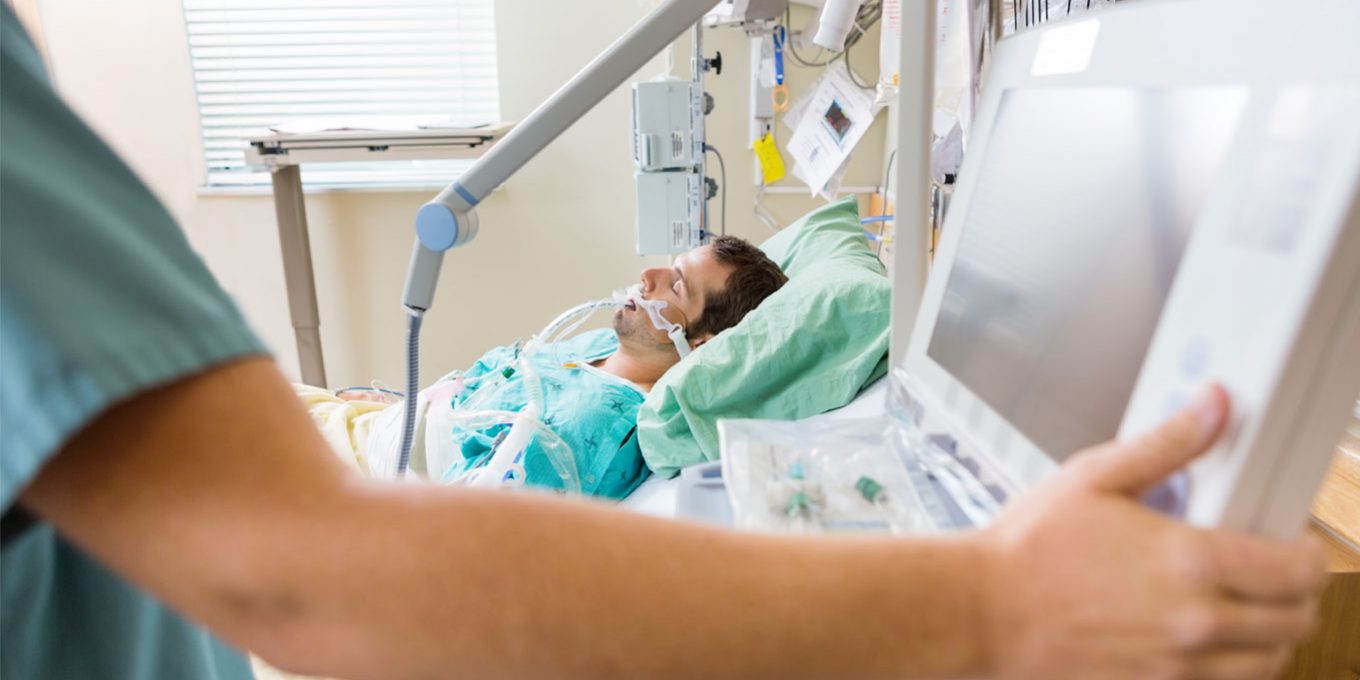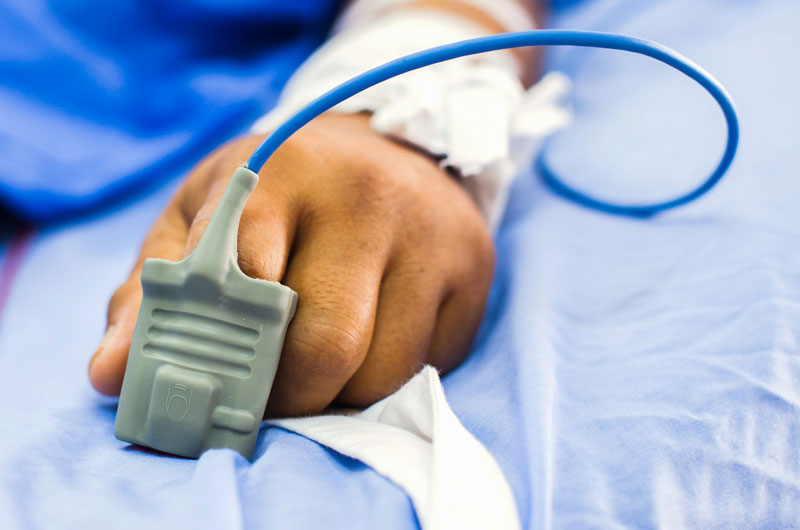Critical care is the diagnosis and management of emergency conditions that need complicated life-support systems.
The alarming growth of population across the globe has created some tough obstacles for providing the much needed critical care during the emergencies. The ICU of the future may also witness a shortage of expert critical care practitioners. To cope up with this change, technology can act as the bridge to fill the gaps. In 20 or 30 years, the hospital ICUs might have adapted several leading edge technologies to constantly reduce the need for human intervention.
The hospitals of the future may not only adapt advanced medical devices, but also several other support structures that can redefine their existing operational ecosystem. For example, the staffing structure and the critical care guidelines may get the much needed technological boost to make things hassle-free.
Current scenario of Critical Care in India
Every year about 5 million patients are admitted to the ICU wards in India. Giving additional skill sets to the intensivists with proper training has been the biggest obstacle in this over-populated country. In line with that growing need, the emergency or critical care medicine in India still remains as an evolving department.
The major medical societies such as the Indian Society of Critical Care Medicine (ISCCM), the Critical Care Nurses Society (CCNS), and the Indian Society of Neuroanaesthesiology and Critical Care (ISNACC) are doing their part to spread awareness about Critical care medicine in India.
The future and the technology
The not so distant future displays the possibilities of advancements in networking. These advancements are going to redefine the physical and organizational boundaries of the critical care unit. If everything goes well, these new turnkey solutions may possibly become the ideal solution to staffing shortages. To manage the increasingly busy and acute ICUs, the hospitalists and intensive care experts on-site can place eICU with smart alert systems, physiologic status boards, and color-coded assessments of response to protocolized care.
What is this eICU?
An Electronic Intensive Care Unit (eICU) is a form of telemedicine that uses state of the art technology to provide an additional layer of critical care service. An eICU may also be referred to as a tele-ICU. These eICU systems are evolving right now and they are the safest bet to enhance critical care. They synthesize data streams and allow the care providers to stratify information with respect to how important it is.
Experts predict that advanced data technologies can help the care providers to foresee a day since it facilitates a network of hospitals to centralize its critical care application servers and patient record servers in one location. Involvement of tele-ICUs enables the collection and comparison of huge amounts of data from the ICU patients.
Telemedicine will be everywhere
It is a lesser known fact that the technology of telemedicine is already available. However, the usage is limited today, only to the top players. Already we have augmented and virtual reality techniques enhancing surgical procedures and their outcomes. With telemedicine, remote telesurgeries may become a wider reality with surgeons operating from their office using remote robotic arms. They don’t even have to visit the hospitals.
Portable and transformable ICU
30-40 years from now, will there still be an ICU? In this scenario, this stands as a difficult question to answer. There will be a department of intensive care for sure, but a dedicated unit for that may become obsolete. Experts suggest that rather than having a separate ICU if a patient needs intensive care, the regular hospital bed itself can be transformed into a critical care bed by bringing in equipment like the respirators and other sophisticated monitors. This will decrease the need for larger infrastructures and additional beds.
The advent of refined and leading edge technologies is likely to create a positive impact on how the care providers practice medicine and this is something that can’t be ignored. It is high time to adapt and encompass these advantages to achieve maximum benefits.
References
- ccforum.biomedcentral.com
- the-hospitalist.org
- biotecharticles.com



